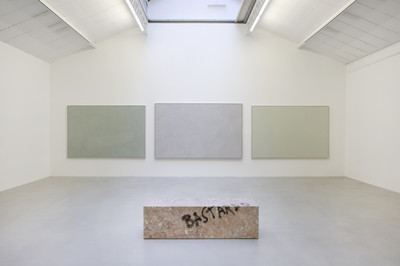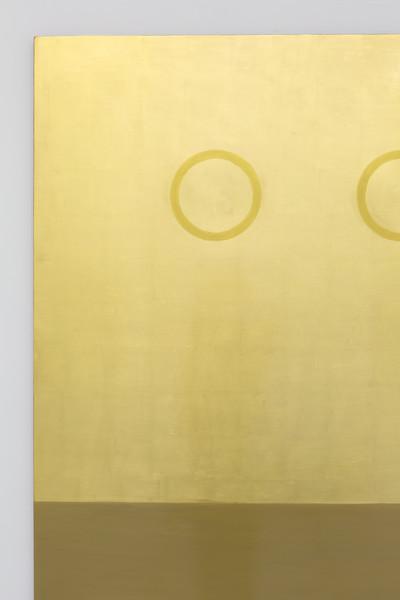Christodoulos Panayiotou doubly withholds the material of his works both from forms that would valorise its specific qualities and attitudes that would make it exploitable, subject to the expression of an idea. This material is not a vehicle for expressing the authenticity of a form, image, or idea, but rather conveys images, forms, and ideas connected to the economic, artisanal, artistic, archaeological, and theological practices and fields of knowledge that make use of them. The works included in “Friday, 3rd of February 1525” together evoke concealed representations, forming a dynamic...
Read more
















